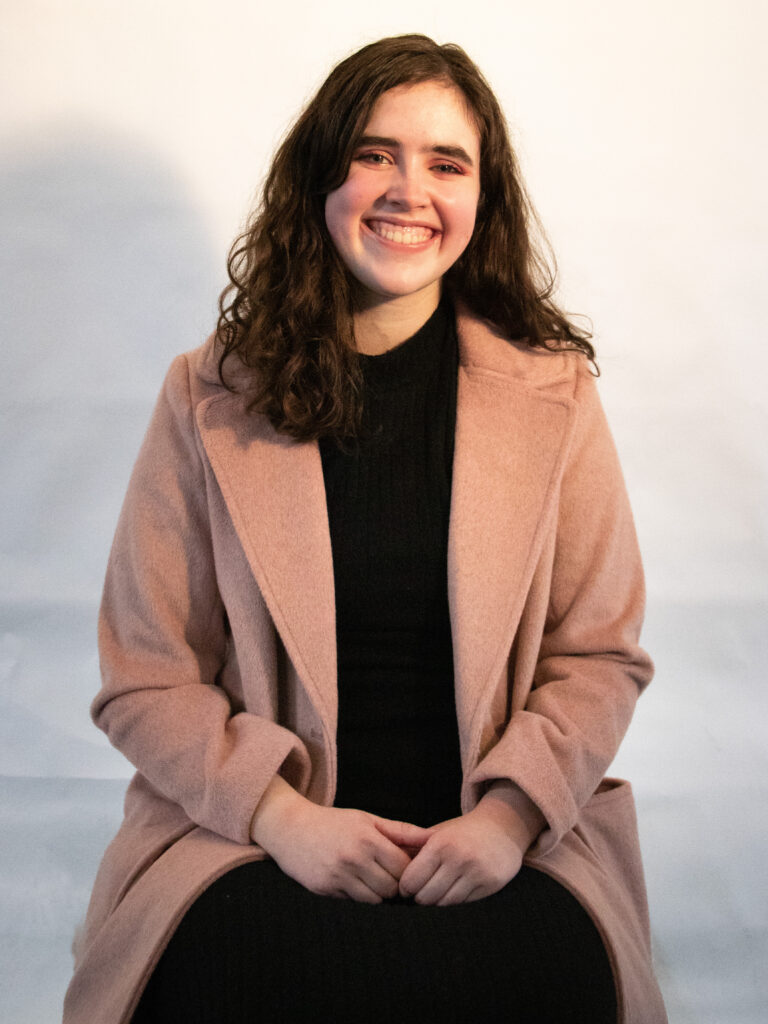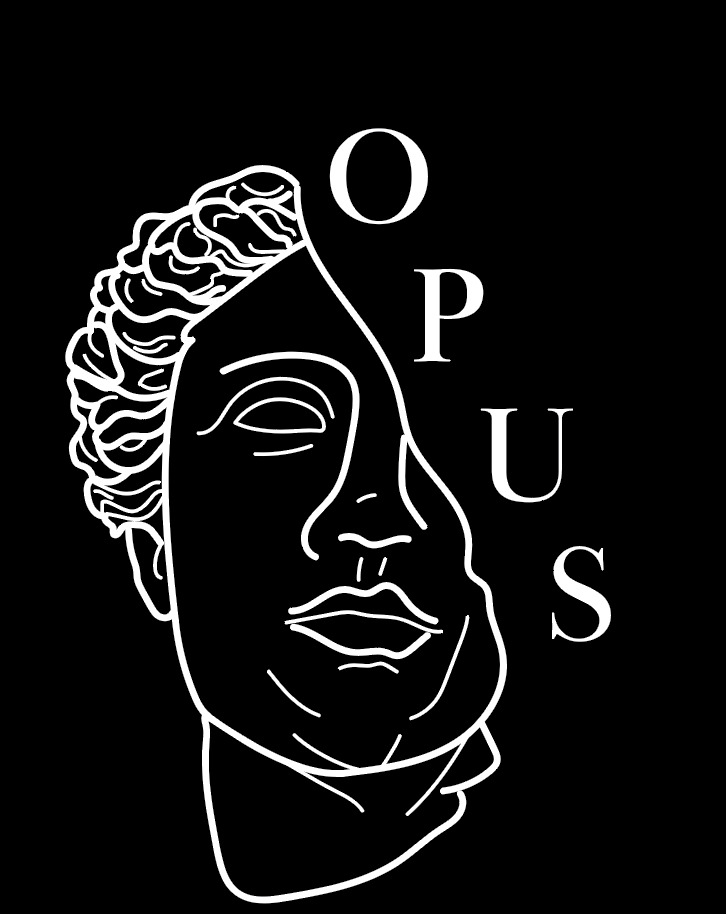How to be an artist
BY ADRIANA BARKER
For my birthday this year my mother bought me the book How to be an Artist by Jerry Saltz. In the book, Saltz shares 63 things any artist should keep in mind. The advice ranges anywhere from “Start Now” and “Develop Forms of Practice” to “Be a Vampire, Form a Coven” and “Once a Year, Go Dancing.” As I read through the collection this past weekend, I picked up on several things I thought would be helpful to share with you, our Hope College artists.
This first piece of advice jumped out at me because of some of the conversation we’ve had at recent Opus meetings. Number 19: “Embed Thought in Material.”
Saltz writes, “Don’t rely on wall text to do the work! Recently I was looking at a series of ho-hum black-and-white pictures of clouds when a gallerist sidled up to inform me: ‘These are pictures of clouds over Ferguson, Missouri. They’re about protest and police violence.’ I bristled. ‘No, they’re not! They’re just pictures of clouds and have nothing to do with anything. They’re not even interesting as photos!’ A work of art cannot depend on explanation. The meaning has got to be there in the work” (42).
I’ll repeat: “A work of art cannot depend on explanation.” For Opus, you don’t get an opportunity to share an explanation of your work until Opus Soup, but you do get one thing: a title. Now, this will surely be a controversial opinion among the Opus editors, but I don’t think we should even get a title for visual work. When I look at art in critique, I don’t want to have my reading of your work influenced by the title you gave it. When I work with my own photography, I don’t give the images titles unless I absolutely must. (This typically involves me scrambling for names right before I hit submit on my Opus submissions email.)
We Opus editors often are prone to critique a work’s title, extrapolate meaning from it, and sometimes decide on a yes or no based on what we gleaned from the title. But shouldn’t we be focused on the work itself and what the colors, lines, shapes, form, perspective, and all the other information of the work tell us about its meaning? I certainly think so.
Allow your artwork to express thought and emotion without the need for written explanation.
I’ll get off my soapbox now to share with you some of Saltz’s more practical advice.
23. Clear the Studio: “It’s a way of being physical, breathing into the work, creeping up on the task at hand” (50).
24. There are no Wasted Days: “You are your method; your life is part of your work” (51).
34. Be Inconsistent: “Variability allows your work to breathe; it helps you to steer clear of tyrannies and find charm in the unfamiliar” (71).
40. Don’t Define Yourself by a Single Medium: “I one heard Robert Rauschenberg describe his combine-assemblages as not ‘painting or sculpture’ but ‘poetry.’ That’s you: a material poet” (82).
50. Make an Enemy of Envy: “[Envy] crowds your imagination with the lives of others, rather than what you need to be doing in your own work” (100).
Saltz also provides some artistic exercises for you to do. Here are a couple of my favorites.
Exercise: Make a Drawing Using only Erasure
“1. Cover a surface with pencil, charcoal, chalk, fabric—anything that can be removed.
2 . Using erasers, rags, turpentine, scissors—even your fingers—make a new image by removing parts of that layer” (29).
Exercise: Make Something in a Single Sitting
“What’s a single sitting? No less than twenty minutes; no more than three hours” (74).

About the Author
Hi! I’m Adriana. I am a junior creative writing and communication double major. My hometown is Fort Worth, Texas, so yes, I throw around the words “y’all” and “howdy” like nobody else in the Midwest. I love photography and poetry, and have published both in Opus. Particular interests include abstract painting, horror poetry, and all forms of creative work related to horses.


Leave a Reply